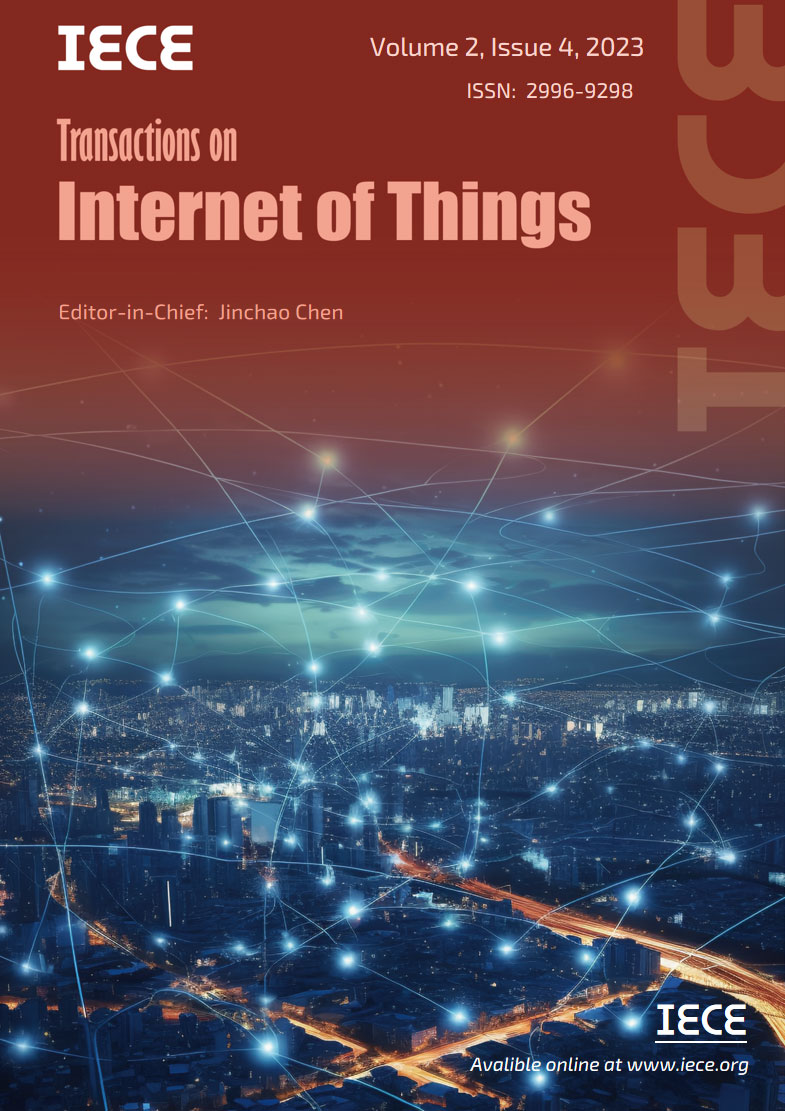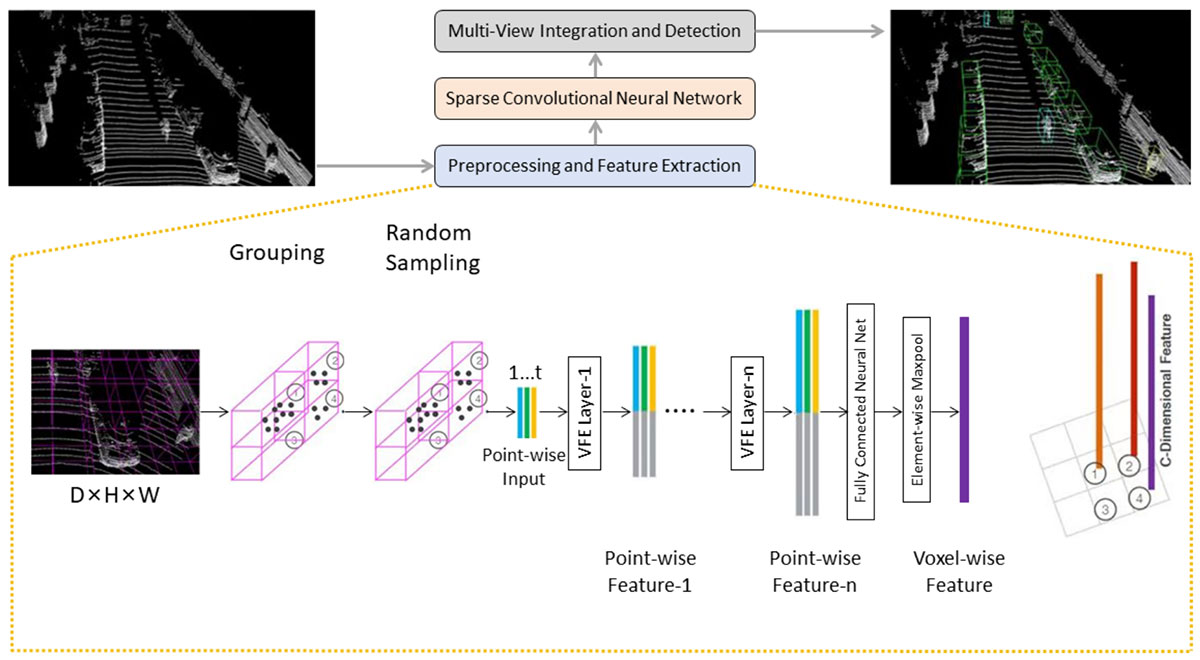Abstract
This study introduces a method for efficiently detecting objects within 3D point clouds using convolutional neural networks (CNNs). Our approach adopts a unique feature-centric voting mechanism to construct convolutional layers that capitalize on the typical sparsity observed in input data. We explore the trade-off between accuracy and speed across diverse network architectures and advocate for integrating an L1 penalty on filter activations to augment sparsity within intermediate layers. This research pioneers the proposal of sparse convolutional layers combined with L1 regularization to effectively handle large-scale 3D data processing. Our method’s efficacy is demonstrated on the MVTec 3D-AD object detection benchmark. The Vote3Deep models, with just three layers, outperform the previous state-of-the-art in both laser-only approaches and combined laser-vision methods. Additionally, they maintain competitive processing speeds. This underscores our approach’s capability to substantially enhance detection performance while ensuring computational efficiency suitable for real-time applications.
Funding
This work was supported without any funding.
Cite This Article
APA Style
Lyu, T., Gu, D., Chen, P., Jiang, Y., Zhang, Z., Pang, H., Zhou, L., & Dong, Y. (2024). Optimized CNNs for Rapid 3D Point Cloud Object Recognition. IECE Transactions on Internet of Things, 2(4), 83–94. https://doi.org/10.62762/TIOT.2024.758153
Publisher's Note
IECE stays neutral with regard to jurisdictional claims in published maps and institutional affiliations.
Rights and permissions
Institute of Emerging and Computer Engineers (IECE) or its licensor (e.g. a society or other partner) holds exclusive rights to this article under a publishing agreement with the author(s) or other rightsholder(s); author self-archiving of the accepted manuscript version of this article is solely governed by the terms of such publishing agreement and applicable law.


 Submit Manuscript
Edit a Special Issue
Submit Manuscript
Edit a Special Issue

